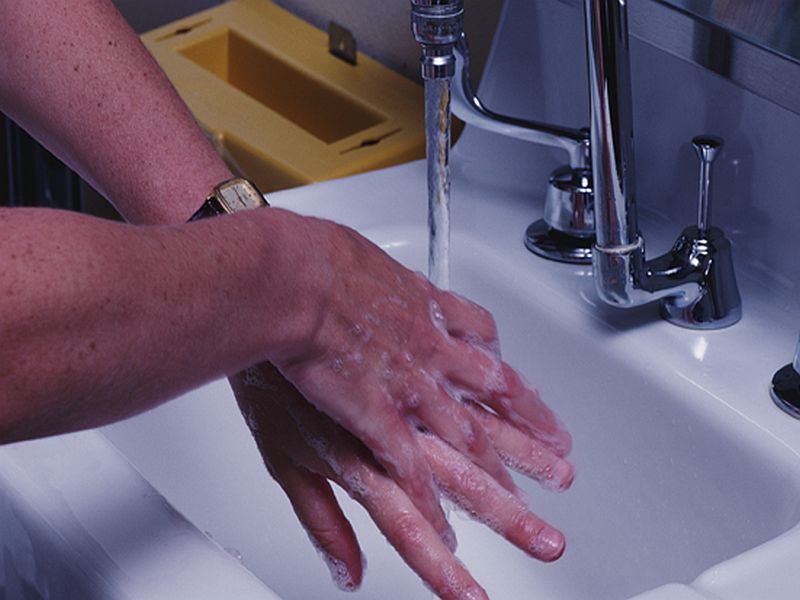THURSDAY, Feb. 7, 2019 (HealthDay News) — Hospital germ detectives say the sinks next to toilets in patient rooms may harbor potentially dangerous bacteria.
Researchers at the Medical College of Wisconsin checked a large Wisconsin hospital for Klebsiella pneumoniae carbapenemase. KPC is a type of bacteria that can cause health care-associated infections such as pneumonia, bloodstream infections, wound infections or surgical site infections.
Working in the medical intensive care unit, the researchers tested drains in sinks next to patient toilets, and sinks closer to the entrance of patient rooms.
KPC was found in 87 percent of patient sinks next to toilets, compared with about 22 percent of sinks near room entry doors.
In 4 out of 5 rooms where KPC was found in the entry door sinks, it was also found in the sink near the toilet, suggesting a possible source of cross-contamination.
“The results of this study demonstrate the importance of remaining vigilant to potential areas of cross-contamination,” said Karen Hoffmann, president of the Association for Professionals in Infection Control and Epidemiology.
The study was published recently in the association’s journal, the American Journal of Infection Control.
“Maintaining a strong understanding of environmental risks is critical to protecting patient safety, and this is yet another example of how germs can lurk in often the most unexpected of places,” Hoffmann said in an association news release.
KPC antibiotic resistance is on the rise, most recently to a class of antibiotics called carbapenems.
If validated, the study could have major implications for infection control, study authors Blake Buchan, Dr. Silvia Munoz-Price and colleagues wrote.
“If sinks next to toilets are indeed a reservoir for KPC, additional interventions — such as modified hand hygiene practices and sink disinfection protocols — may be needed to stem the risk of transmission among health care providers and patients alike,” they said.
It’s not clear how contamination occurs. It’s possible that a slimy film of bacteria grows in pipes shared by toilets and sinks, or that flushing generates contaminated drops that reach the sink drains, the authors said.
More information
The National Patient Safety Foundation outlines how hospital patients can reduce their infection risk.
Copyright © 2025 HealthDay. All rights reserved.

